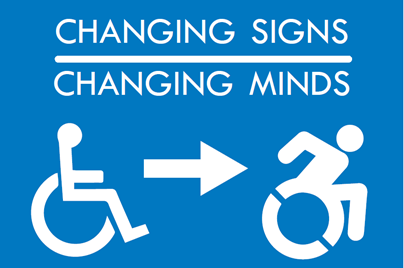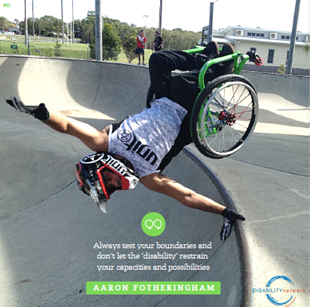State Rep. Beau LaFave has introduced a plan to update the accessibility icon used on signs and in parking lots and buildings in Michigan, better reflecting the lifestyles of people with disabilities.
The legislation would require that any new placement or replacement of signs displaying the international symbol of access utilize the updated logo, which portrays active independence, rather than stationary helplessness. The new symbol would be replaced at no cost to taxpayers and no additional cost to business owners.
Michigan wouldn’t be the first to adopt the new icon. New York and Connecticut have already implemented similar legislation.
“The new logo shows that individuals with disabilities play an active role in the community and aren’t just sitting in a chair letting life pass them by,” said LaFave, of Iron Mountain. “It’s not about political correctness, it’s about showing the true relationship between people and the devices that assist them. It’s not 1968 anymore. It’s time to portray the new reality.
“As a person living an active life with a disability, I’m proud to stand on the front lines to instigate this important change.”
LaFave’s measure would also take steps to remove the term “handicapped” from signs and other communications at state and local levels.
The legislator worked closely with Disability Network Michigan to create the legislation. The group joined him at the Capitol today to advocate on behalf of the legislation. Scores of individuals with disabilities were in attendance to support the cause.
“Disability Network Michigan’s 15 federally-established Centers for Independent Living served 43,588 people with disabilities last year,” said Sara Grivetti, CEO of Disability Network Michigan. “We know that people with disabilities are active members of their communities. This legislation will help our signs reflect the reality.”
LaFave’s bill in the package is House Bill 4516. The second bill, HB 4517, was sponsored by state Rep. Greg VanWoerkom, of Norton Shores. The bills were co-sponsored by both Republicans and Democrats, including all Upper Peninsula representatives and the chair of the House Health Policy Committee.

